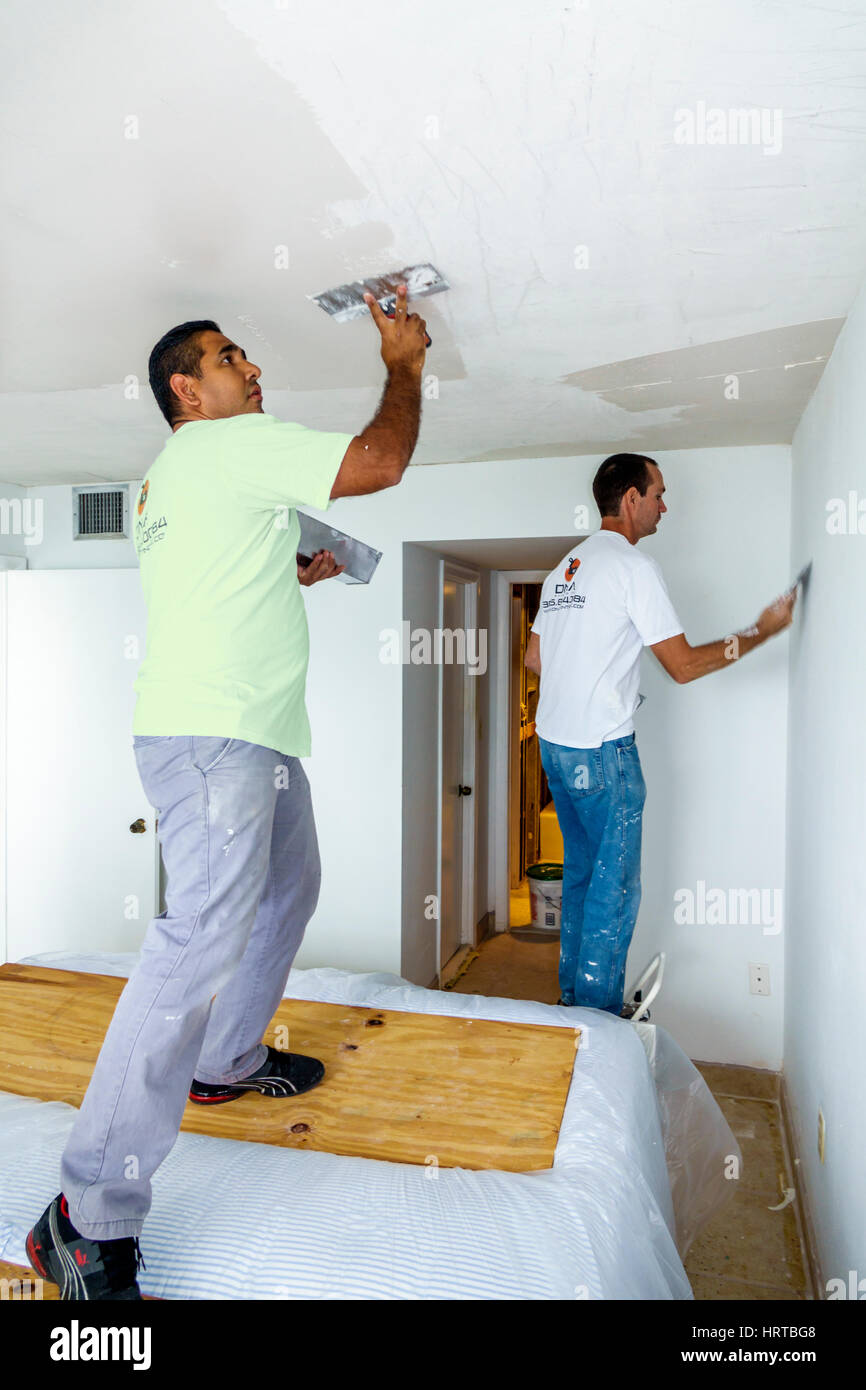Secret Tips and Equipment for Effective Plastering in Your Home Renovation Undertakings
Achieving a perfect plaster surface in your home renovation projects needs a blend of the right tools and tested methods. Recognizing the subtleties of mixing plaster and using it in slim layers can significantly impact the final result.
Necessary Gluing Tools
The vital devices include a range of implements designed to facilitate the plastering process effectively and efficiently. Trick elements include a hawk, which is a level, square device made use of to hold the plaster while using it to surface areas.

Additionally, a mixing bucket is required for preparing plaster, making certain the best consistency before application (Plastering). Together, these essential plastering tools allow both professionals and Do it yourself lovers to accomplish top quality outcomes in their smudging projects.
Surface Area Prep Work Methods
Effectively preparing the surface prior to plastering is essential for making certain attachment and accomplishing a flawless coating. The initial step entails cleaning the surface area to eliminate any dirt, grease, or old paint that might prevent the plaster's ability to bond properly. A thorough wash with a suitable cleaning solution is recommended, adhered to by washing and permitting the surface area to dry totally.
Next, examine the surface area for any splits or blemishes. These should be full of an appropriate filler substance and enabled to cure according to the supplier's directions. For porous surfaces, using a primer is necessary to develop an uniform structure and improve attachment.
In addition, it is crucial to guarantee that the surface area is steady and structurally noise. Any loose products, such as flaking paint or damaged drywall, should be fixed or removed. Consider making use of a scrape layer to improve grasp. if working with stonework surfaces.
Mixing Plaster Like a Pro

Using a clean blending container, put the water first, after that slowly include the plaster powder while mixing continuously - Plastering. This approach assists to stop clumping and guarantees an even circulation of products. A mechanical mixer can be advantageous, giving constant results and conserving time. Go for a velvety, lump-free uniformity that enables easy dispersing yet is thick sufficient to hold its shape without running.
Once blended, allow the plaster to rest for a few mins to enable the gypsum crystals to hydrate fully. This resting period boosts workability and decreases the risk of splitting throughout application. By adhering to these steps, you can blend plaster like a professional, setting the foundation for a successful plastering project in your home renovation ventures.
Application Approaches for Smooth Finishes
With the plaster mixture prepared to the ideal uniformity, the next action entails picking appropriate application approaches to attain a smooth surface. This device enables for a fine, even circulation of plaster throughout the surface area while decreasing trowel marks.
Begin by applying a charitable quantity of plaster to the surface area utilizing the trowel, ensuring it sticks well. Employ a systematic strategy, working redirected here from the bottom higher. When the preliminary layer is used, use a sweeping movement to smooth the surface, applying even stress. In areas that need even more precise attention, consider using a float, which can assist eliminate any kind of imperfections and create an uniform appearance.
For the last touches, a wet sponge can be used to refine the surface area better. Gently mist the plaster with water and carefully scrub the surface to accomplish a sleek result. Always bear in mind to work in little areas to keep control over the application process, making certain a smooth, professional surface throughout your plastering job.
Typical Errors to Prevent
When starting a gluing task, preventing typical blunders is essential for accomplishing a flawless coating. One of the most widespread mistakes is disregarding surface prep work. Stopping working to tidy and fix the substratum can bring about inadequate attachment and irregular surfaces. Ensure that all dirt, grease, and loose products are eliminated before using plaster.
Another usual error is applying plaster also thickly. Thick layers can crack as they dry, jeopardizing the stability of the finish. Rather, decide for multiple thin layers, enabling each layer to dry entirely before applying the following.
Furthermore, poor blending strategies can cause inconsistent appearance and workability. Always adhere to the supplier's directions for blending ratios and thoroughly mix the plaster to attain a consistent uniformity.

Timing additionally plays a more tips here critical duty; plaster ought to be applied while the substratum is damp to enhance adhesion. High-quality trowels and drifts can make a significant difference in attaining a smooth coating.
Verdict
Reliable smudging calls for a complete understanding of important devices and strategies. By making use of appropriate devices, making sure careful surface area preparation, and sticking to recommended mixing proportions, optimal outcomes can be achieved. Using appropriate application techniques further improves the finish, while awareness of usual errors can avoid obstacles. Proficiency of these components not only adds to the aesthetic charm of a room yet additionally makes certain sturdiness and durability in gluing jobs, making them essential to successful home renovation ventures.
A float is another vital tool, which assists in leveling the plaster and achieving an uniform surface.

By complying with these actions, you can mix plaster like a pro, establishing the structure for an effective plastering task in your home improvement undertakings.
Lightly mist the plaster with water and gently scrub the surface to accomplish a sleek result.
Comments on “Attractive Plastering: Add Unique Touches to Your Home's Inside”